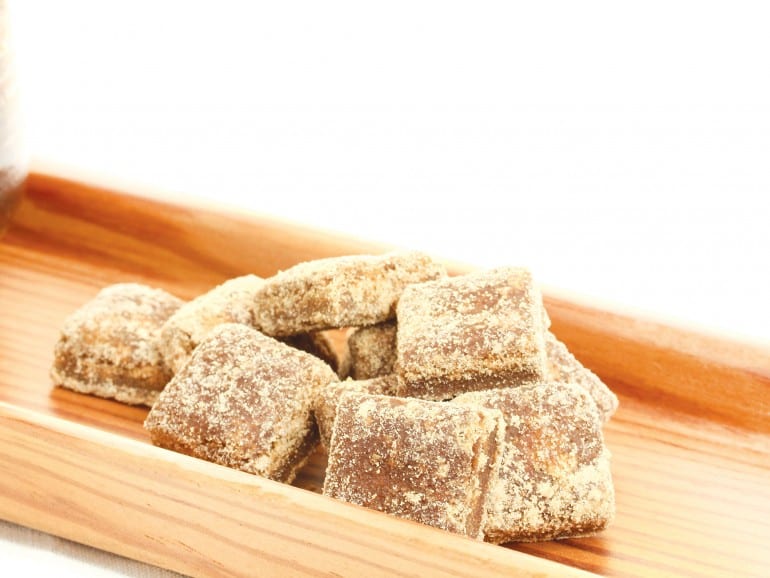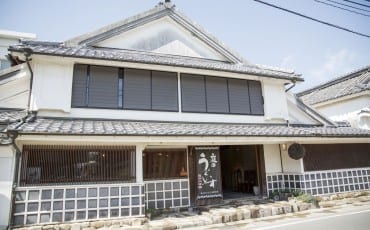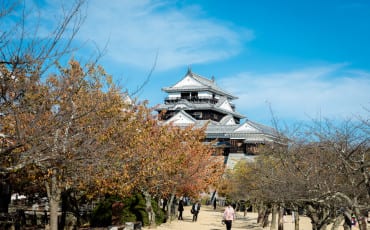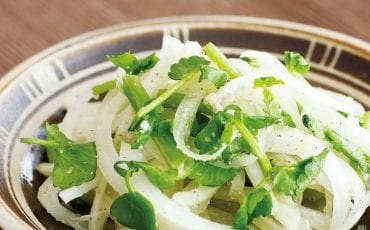- OISHII
- OISHII Wiki
- Ingredients
- Brown Sugar
OISHII Wiki
Ingredients
Brown Sugar
Unlike American brown sugar, which is produced by adding molasses to refined white sugar, kokuto (Okinawan brown sugar) is made from 100-percent pure sugar cane juice. Steeped in rich history, the cultivation of kokuto began in early-17th century in the southern-most island of Okinawa prefecture. Thanks to the strong southern island sunlight and minerals from the ocean spray, the sugarcanes harvested in Okinawa produce unrefined brown sugar that boasts a distinctive, complex flavour. Because of the minerals infused into the sugarcanes, kokuto is also known for its health benefits, such as fatigue relief. It is often used as a condiment as well as a sweetener in tea. Over the years, the rising popularity of kokuto inspired the rise of counterfeits, sparking the Okinawa Prefecture Brown Sugar Industry Council to award a symbol of recognition to companies that produce authentic high-quality brown sugar since 1975.

Meanwhile, the Amami Islands in Kagoshima prefecture also produce superior brown sugar, such as the prominent Sudaki-tou, the first sugar to win the Monde Selection Gold Medal in 2008. Made using 100-percent sugarcane grown on the Amami Islands, Sudaki-toufs distinctive pale amber colour is the result of the slow and careful heating process. Another product of the Amami Islands is brown sugar shochu, a distilled alcohol that uses brown sugar as a raw material. Considered a specialty beverage of the Amami Islands, brown sugar shochu has a refreshingly mild taste that is easy on the palate.
Recently in 2008, a new type of brown sugar was born. Made from beet sugar rather than sugarcane, this liquid brown sugar is an interesting mix of beet sugar from Hokkaido and brown sugar from Okinawa, which explains its unique honey-like texture. It can be used for both cooking and baking.









